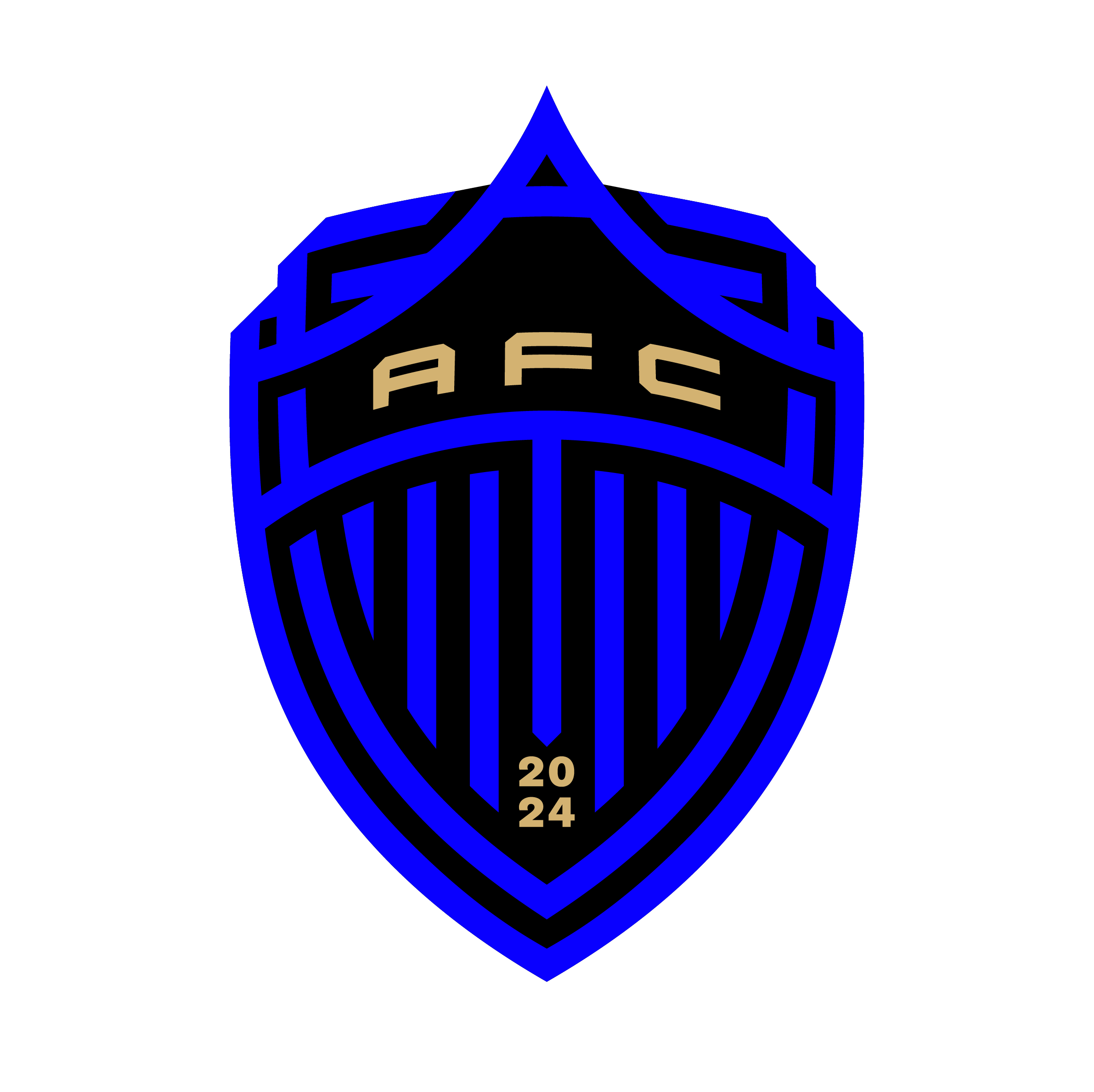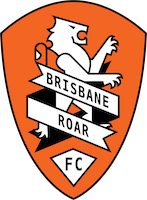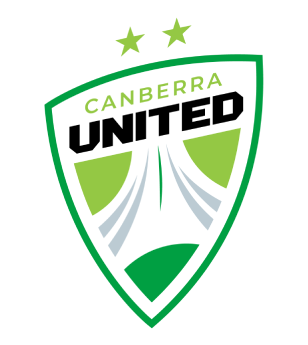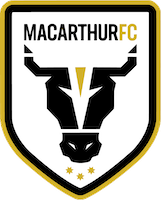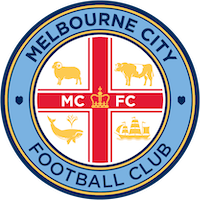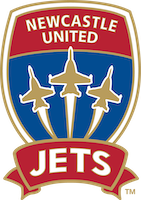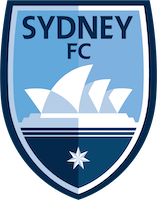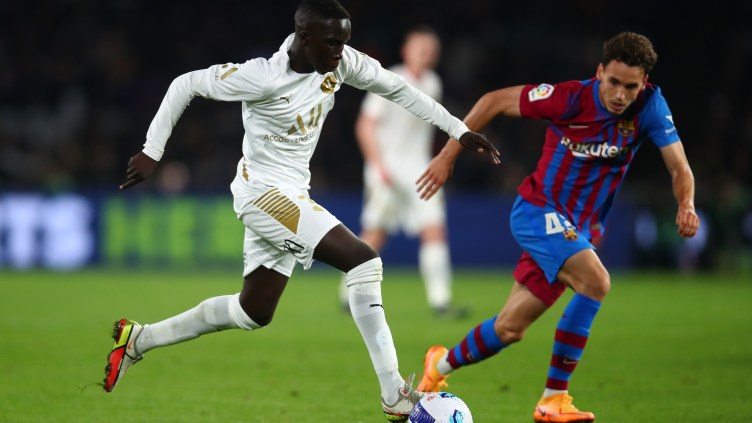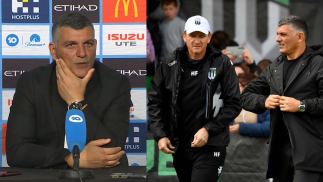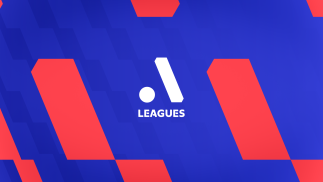As the Socceroos celebrated their World Cup qualification wildly at Al Rayyan Stadium, the A-Leagues’ fingerprints could be seen all over the Australia national team.
The side that took down Peru on penalties in last month’s Qatar 2022 play-off in Doha featured seven A-League Men-based players at the time – shoot-out hero Andrew Redmayne, Craig Goodwin, Mathew Leckie, Jamie Maclaren, Marco Tilio, Nick D’Agostino and Kye Rowles.
Rowles has since departed Aussie shores – becoming the latest Australian talent to move to Europe, with the Central Coast Mariners sensation joining fellow ALM graduates Nathaniel Atkinson and Cam Devlin at Hearts in Scotland.

But then there’s captain Mathew Ryan, Trent Sainsbury, Riley McGree, Danny Vukovic, Aziz Behic, Joel King, Denis Genreau, Gianni Stensness, Mathew Leckie, Awer Mabil, Mitch Duke and Adam Taggart who have either come through the ALM or spent time in the competition.
And it comes at an exciting time in the ALM, with Mariners starlet Garang Kuol and Adelaide United teenager Nestory Irankunda headlining a new wave of talent.
Sydney FC captain and 16-time Australia international Alex Wilkinson knows the ALM inside out, and the league stalwart highlighted the role of the competition on youth development and the Socceroos.
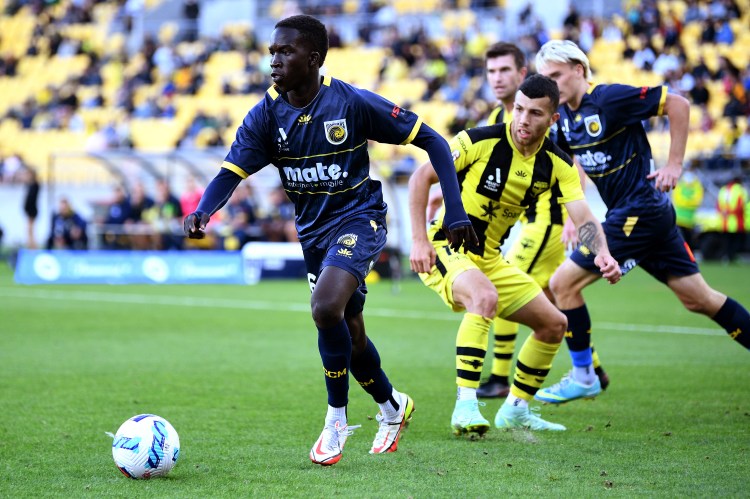
“You look now at the current Socceroos squad, or over the last couple of years, and I think about 80% of them have come through the A-Leagues at some stage,” PFA president Wilkinson told the Footballers’ Voice.
“It shows it’s a good development pathway to furthering yourself in your career.
“When you speak about the Harry Kewell’s and Tim Cahill’s – those guys are few and far between in that they’ve gone over to England really early and sort of worked their way through the system and taken their opportunities.
“But a lot of the time, that can be really difficult for young players. They get lost in the big systems over there, they’re not getting regular game time, you have 1,000 other guys within the squad who hate foreigners coming over and want to kick you off the park.”
The A-Leagues pathway has helped open doors for Mohamed Toure (Reims) Lewis Miller (Hibernian), Phillip Cancar (Livingston) and Keanu Baccus (St Mirren) most recently.
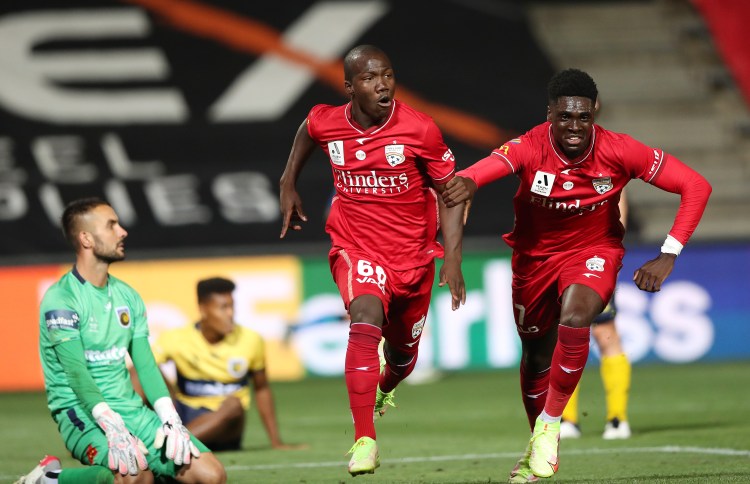
Earlier this year, CIES data comparing leagues across the world showed the A-League Men was first in its class in Asia for showcasing its up-and-coming talent.
And two Aussie clubs were among the best in the world for promoting their own young talent developed in-house.
The Football Observatory identified Central Coast and Perth Glory as two of the best-performing clubs in 40 of the biggest leagues worldwide in providing opportunities to “club-trained” players.
The A-League Men’s topped the charts in the AFC for blooding players aged 21 or under, and eighth on a list of 60 major leagues around the world.
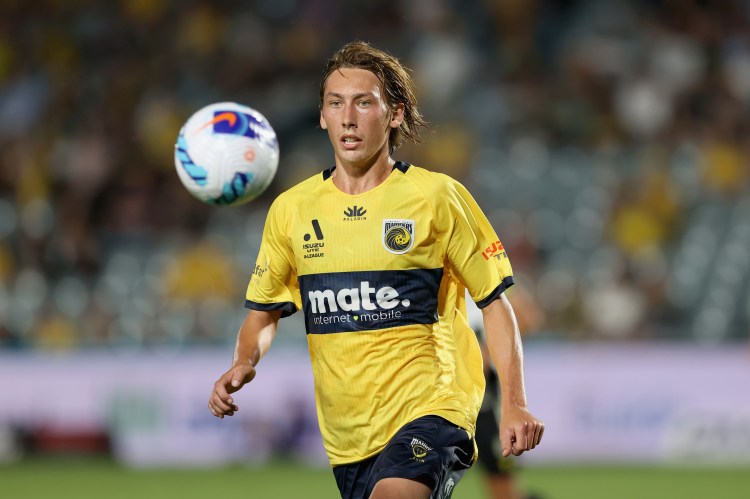
In data recorded between 01/01/2021 and 21/03/2022, 11.1% of minutes in 257 ALM’s matches were recorded by players who had not yet celebrated their 21st birthday.
“If you can play some games in the A-League and establish yourself as a regular player in the A-League, and then go over to Europe and go straight into the first team,” Wilkinson added.
“There is a lot more merit to that and we’re seeing it a lot more with guys like Riley McGree, Denis Genreau, Cam Devlin, Nathaniel Atkinson. The list goes on and on.
“They’re having success in the first team, instead of getting lost in the system coming up.
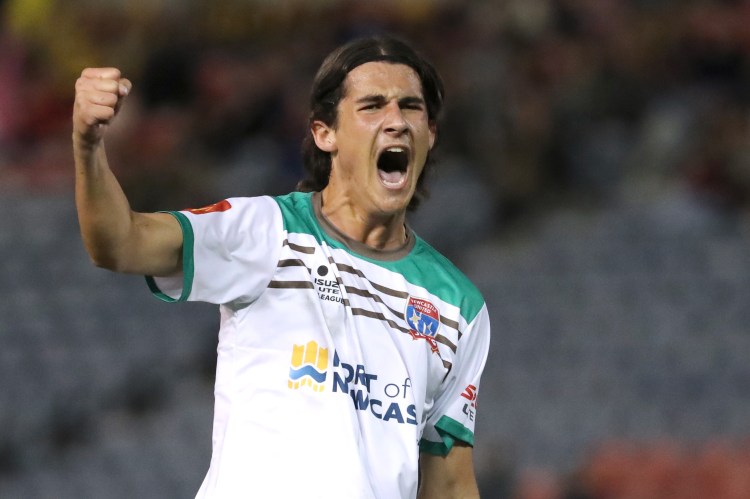
“There is no doubt the youth development pathway still needs significant improvement and development. That’s one of the most important things that needs to happen over the next 10 years or so is to improve it.
“When you give these young players game time and quality game time, you see with time, they’re able to improve and reach the level they need to in order to make the move over to Europe.
“That in turn, brings money into our game domestically through transfer fees etc, which is only going to help build the game here as well.”

